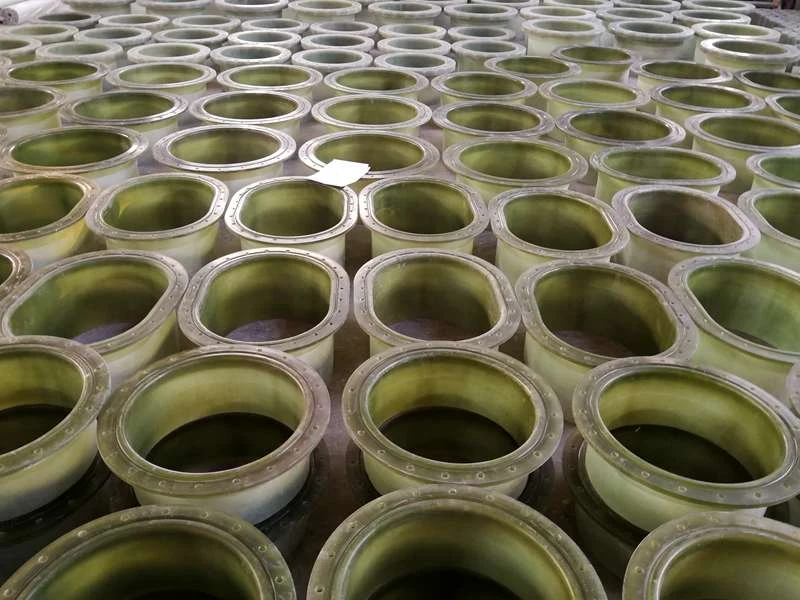
-
 Afrikaans
Afrikaans -
 Albanian
Albanian -
 Amharic
Amharic -
 Arabic
Arabic -
 Armenian
Armenian -
 Azerbaijani
Azerbaijani -
 Basque
Basque -
 Belarusian
Belarusian -
 Bengali
Bengali -
 Bosnian
Bosnian -
 Bulgarian
Bulgarian -
 Catalan
Catalan -
 Cebuano
Cebuano -
 China
China -
 China (Taiwan)
China (Taiwan) -
 Corsican
Corsican -
 Croatian
Croatian -
 Czech
Czech -
 Danish
Danish -
 Dutch
Dutch -
 English
English -
 Esperanto
Esperanto -
 Estonian
Estonian -
 Finnish
Finnish -
 French
French -
 Frisian
Frisian -
 Galician
Galician -
 Georgian
Georgian -
 German
German -
 Greek
Greek -
 Gujarati
Gujarati -
 Haitian Creole
Haitian Creole -
 hausa
hausa -
 hawaiian
hawaiian -
 Hebrew
Hebrew -
 Hindi
Hindi -
 Miao
Miao -
 Hungarian
Hungarian -
 Icelandic
Icelandic -
 igbo
igbo -
 Indonesian
Indonesian -
 irish
irish -
 Italian
Italian -
 Japanese
Japanese -
 Javanese
Javanese -
 Kannada
Kannada -
 kazakh
kazakh -
 Khmer
Khmer -
 Rwandese
Rwandese -
 Korean
Korean -
 Kurdish
Kurdish -
 Kyrgyz
Kyrgyz -
 Lao
Lao -
 Latin
Latin -
 Latvian
Latvian -
 Lithuanian
Lithuanian -
 Luxembourgish
Luxembourgish -
 Macedonian
Macedonian -
 Malgashi
Malgashi -
 Malay
Malay -
 Malayalam
Malayalam -
 Maltese
Maltese -
 Maori
Maori -
 Marathi
Marathi -
 Mongolian
Mongolian -
 Myanmar
Myanmar -
 Nepali
Nepali -
 Norwegian
Norwegian -
 Norwegian
Norwegian -
 Occitan
Occitan -
 Pashto
Pashto -
 Persian
Persian -
 Polish
Polish -
 Portuguese
Portuguese -
 Punjabi
Punjabi -
 Romanian
Romanian -
 Russian
Russian -
 Samoan
Samoan -
 Scottish Gaelic
Scottish Gaelic -
 Serbian
Serbian -
 Sesotho
Sesotho -
 Shona
Shona -
 Sindhi
Sindhi -
 Sinhala
Sinhala -
 Slovak
Slovak -
 Slovenian
Slovenian -
 Somali
Somali -
 Spanish
Spanish -
 Sundanese
Sundanese -
 Swahili
Swahili -
 Swedish
Swedish -
 Tagalog
Tagalog -
 Tajik
Tajik -
 Tamil
Tamil -
 Tatar
Tatar -
 Telugu
Telugu -
 Thai
Thai -
 Turkish
Turkish -
 Turkmen
Turkmen -
 Ukrainian
Ukrainian -
 Urdu
Urdu -
 Uighur
Uighur -
 Uzbek
Uzbek -
 Vietnamese
Vietnamese -
 Welsh
Welsh -
 Bantu
Bantu -
 Yiddish
Yiddish -
 Yoruba
Yoruba -
 Zulu
Zulu
Exploring the Future of FRP Technology in Automotive Design and Performance
Exploring the Future of FRP Cars Innovation in Automotive Technology
The automotive industry is continuously evolving, driven by advancements in technology and the increasing demand for sustainability. One of the most significant breakthroughs in this field is the use of Fiber Reinforced Polymer (FRP) in car manufacturing. This innovative material, which combines fibers like carbon or glass with a polymer resin, is revolutionizing the way vehicles are designed and built. In this article, we will explore the benefits of FRP cars, their applications, and the future of this exciting technology.
The Advantages of FRP
FRP materials offer a variety of advantages that make them particularly appealing for automotive applications. One of the most noteworthy benefits is their lightweight nature. Compared to traditional materials like steel and aluminum, FRP is significantly lighter, which translates into improved fuel efficiency and reduced emissions. Lighter vehicles require less energy to move, making them more eco-friendly in the long run.
Additionally, FRP provides excellent corrosion resistance. Traditional metals can suffer from rust and other forms of degradation when exposed to harsh environmental conditions. In contrast, FRP is resistant to chemical attacks and environmental wear, ensuring that vehicles maintain their structural integrity over time. This durability can lead to lower maintenance costs and a longer lifespan for FRP cars.
Moreover, FRP allows for greater design flexibility. The manufacturing process enables engineers to create complex shapes and structures that would be difficult, if not impossible, with conventional materials. This design freedom opens up new possibilities for aerodynamics, aesthetics, and overall vehicle performance.
Applications in the Automotive Industry
The use of FRP in the automotive sector is not just a theoretical concept; it is already being applied in various ways. Many manufacturers are using FRP for body panels, dashboards, and other components that benefit from reduced weight without sacrificing strength. High-performance sports cars, in particular, have embraced FRP due to its ability to enhance speed and agility while maintaining a sleek appearance.
frp car

Additionally, the electric vehicle (EV) market has shown a keen interest in FRP materials. Since EVs often prioritize weight reduction to maximize battery efficiency and range, the lightweight characteristics of FRP align perfectly with their design philosophy. Companies are exploring the use of FRP in structural elements and battery enclosures, making electric vehicles even more efficient and sustainable.
Challenges and Future Prospects
Despite its numerous advantages, the widespread adoption of FRP in cars does face some challenges. One primary concern is the manufacturing cost. FRP production can be more expensive compared to traditional materials, which may deter some manufacturers from making the switch. However, as technology advances and production techniques become more streamlined, the costs associated with FRP are likely to decrease, making it a more viable option for mass production.
Another challenge is the recycling of FRP materials. While the automotive industry has made strides in recycling metals and plastics, finding efficient ways to recycle FRP remains a hurdle. However, ongoing research and development are focused on creating sustainable solutions for FRP disposal and recycling, which could further boost its appeal in the automotive sector.
Looking forward, the future of FRP cars is bright. As the automotive industry continues to prioritize sustainability and efficiency, the demand for lightweight, durable materials will only increase. With advancements in production techniques and recycling methods, FRP is poised to become a significant player in the automotive landscape.
Conclusion
In summary, FRP cars represent a fascinating intersection of innovation and sustainability within the automotive industry. The benefits of lightweight design, corrosion resistance, and aesthetic flexibility position FRP as a material of choice for future vehicles. While challenges remain, the continued exploration of FRP applications promises to shape the evolution of automotive technology, leading to more efficient and eco-friendly vehicles. As we embrace these advancements, the horizon for FRP in the automotive world is not just bright; it's transformative.









